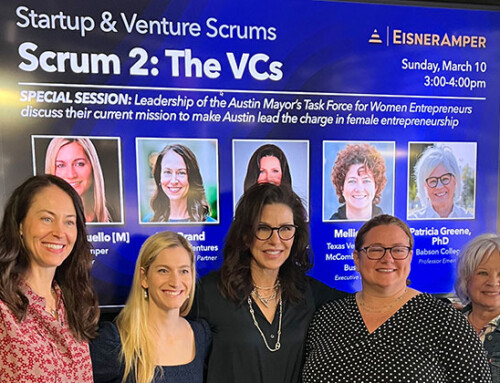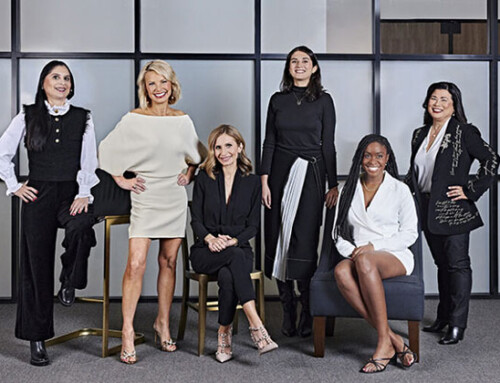As The Wall Street Journal recently pointed out, we are now living in a world where “Costco outsells Whole Foods in organics, Walmart is exceeding its own goals for buying local, and McDonald’s is contemplating adding kale to its menu.” There is increasing demand to improve the quality of ingredients and products across local and global supply chains for greener and healthier goods, homes, and cities. Women are especially interested in making a positive impact through environmental and human health, both in the role of the consumer and in the role of the business owner. This is the first of a two part blog series exploring this topic, and I will begin by looking at women as sustainable consumers.
The total U.S. market for goods and services focused on health, the environment, social justice, personal development, and sustainable living, the LOHAS market for short, is an estimated $290 billion. It’s growing, too, at an approximate rate of 10% per year. As I mentioned in my last blog, women make 85% of consumer purchase decisions, so one could extrapolate that they are driving $246.5 billion of this segment. True Wealth Ventures is choosing to focus on three of these five areas: sustainable living, the environment, and health; together, I’ll refer to them as the “clean and healthy living” space.
Nearly 9 in 10 participants (89%) in a 2015 RetailMeNot survey said they do what they can to live an environmentally friendly lifestyle, including buying “green” products.” While more than 3 in 5 (61%) of these respondents would only consider purchasing an environmentally friendly product if it cost the same or less than a non-green product, the reality is that women consume more sustainably. And they’re not just paying closer attention to product ingredients or components, they’re also paying attention to the places from which those ingredients or components are sourced. Women are more likely to buy socially conscious products (like things labeled “Fair Trade”), they recycle more often, buy more organic food, and place a higher value on energy-efficient transportation. An Organization for Economic Cooperation and Development (OECD) report developed for the United Nations even states that, “Impressing a more feminine
Impressing a more feminine [consumer] footprint would result in a smaller impact on the environment. – Organization for Economic Cooperation and Development (OECD)
The power of women consumers in the wellness space (which has been dubbed the next trillion dollar industry) is evident, too; in the U.S. alone, women spend $125 billion on their nutrition, $40 billion on alternative medicine and $25 billion on over the counter drugs. Some of the fastest growing segments of this market are organic beauty products – predicted to grow 74% from 2013 to 2018; fitness and wearable technology – expected to experience 40% increase in sales each year for the next five years; and healthier/organic foods – with 75% of consumers switching to healthier versions of their favorite foods. According to a UNEP study, women affirm their concern about the longer-term well-being of families and children throughout their lives through their consumption choices.
Who is best positioned to understand the needs of women consumers in the clean and healthy living space? Other women, of course! In my next blog, I will explore women business owners addressing the needs of this market, and in the final installment I will reveal why investing in them is so important both socially and financially.
“How Can Big Food Compete Against Fresher Rivals?”, The Wall Street Journal
Are Women More Likely to Pursue Social and Environmental Entrepreneurship?, Hechavarria, D., A. Ingram, R. Justo and S. Terjesen (2012)
“Gender and Sustainable Development: Maximising the Economic, Social, and Environmental Role of Women,” Organisation for Economic Cooperation and Development, UN Commission on Sustainable Development
“4 in 5 Consumers Think Eco-Friendly Products Cost More ‘Green’”, PR NewsWire
Lifestyles of Health and Sustainability
“The Health and Wellness Market is the Next Trillion Dollar Industry,”, Women’s Marketing
UNEP 2014 Annual Report, 2005






